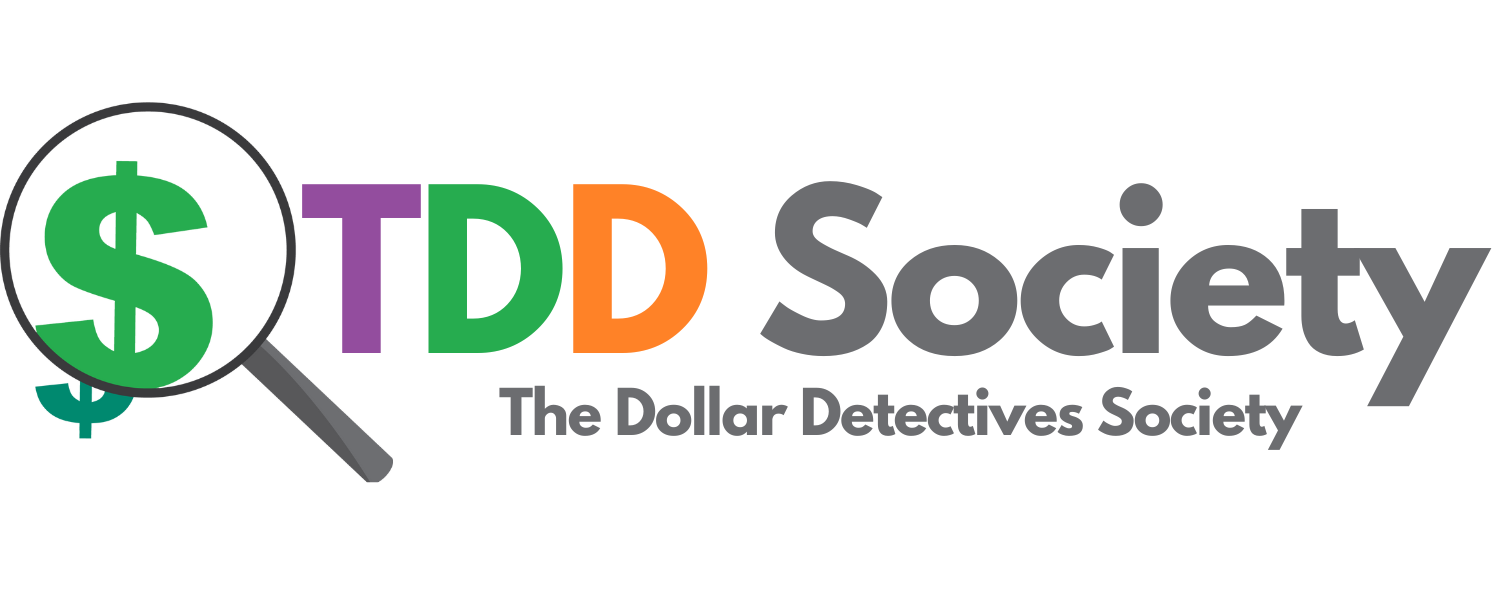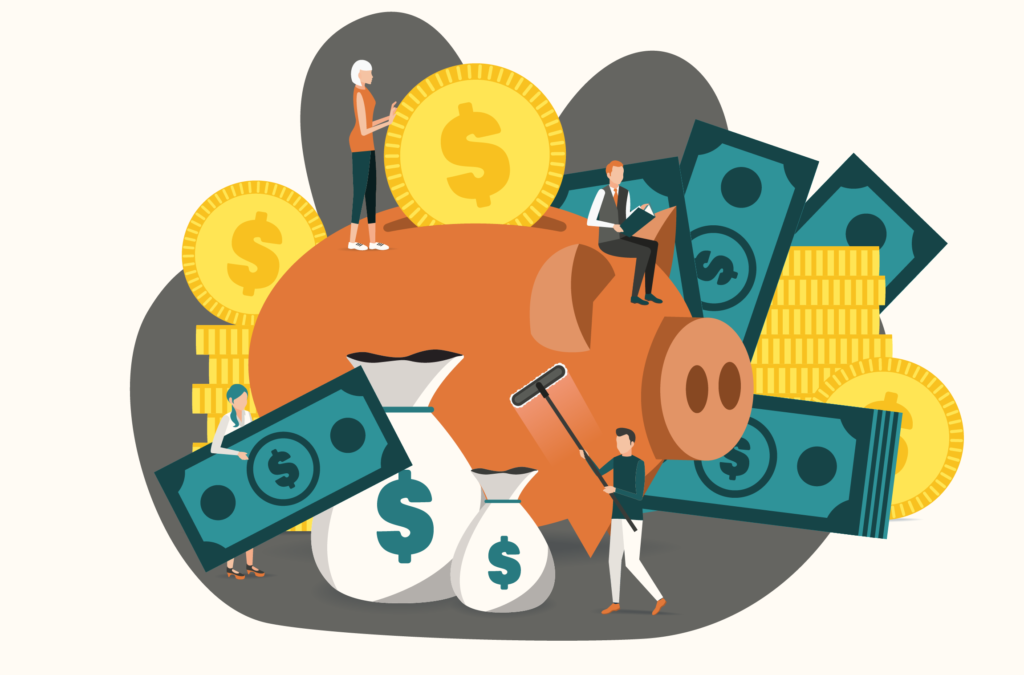What is budgeting and why is it important? Well, budgeting is estimating your level of income and expenses for a set period of time to achieve a goal. Budgeting is important because it disciplines us to spend on things we need and when to spend on things we don’t. We can sometimes spend on things we don’t actually care about or we don’t spend enough on things we actually need. Creating a budget can help you manage those costs and bring you closer in achieving your financial goals!
Creating a Budget – Here’s How!
What Are My Financial Goals?
The first step in creating a budget is to determine your financial goals! Think of it like creating a map of where you want to go. These financial goals will help guide you in making better financial decisions and keep you on top of your finances. It will also help motivate you to keep budgeting.
Start by grabbing a scrap piece of paper or opening up an empty word document. Start by writing the heading “Long-Term Goals” at the top of the page. Underneath that heading, start jotting down ideas of financial goals you want to achieve 10+ years from now. This could be something like buying a house. Next, beneath your long-term goals, write the heading “Short-Term Goals”. Underneath this, write down all the financial goals you want to achieve within 0-2 years. This could be putting away $1000 in my savings account by 2023.
What is Monthly Take Home Income?
The second step in creating a monthly budget is figuring out how much money you have. Make sure to include all sources of income coming into your household. Include salaries, government payments, wages from working children, education payments and any other sources of income.
Determine your total monthly income or your take-home pay. If you get paid once a month, this is fairly straightforward. If you get paid bi-weekly, multiply your take home pay by 2.167 and if you get paid semi-monthly, multiply your take home pay by 2. If your income fluctuates, we suggest adding up 12 months of take home pay and dividing this amount by 12 to get a monthly average. Do the same for other irregular income such as investment income. Once you calculate all your sources of income, add them all up to get your total monthly income. This is the income portion of your budget!
Where Is My Money Going?
You remember that candy bar you bought at your local grocery store? Me neither, so go collect all the receipts from the last 30 days. Afterwards, go to your bank and ask for your last month’s bank statement. Once you have gathered all of that information, start categorizing your spending into broad categories. When getting started with budgeting, sometimes we fall into the mistake of creating too many categories, such as dining, groceries, entertainment, etc. We suggest you stick with three major categories. These categories include:
- The Big 3: Items in this category include your top essential expenses such as housing, food, transportation, or anything else you think is essential in your daily life. Put differently, this category is for anything you absolutely cannot live without.
- Values: These include things that provide value to you such as travelling, investing in yourself, savings etc. You can frame this category as things that are not something you absolutely need but can help make your life much better.
- Stuff: This category is exactly like it sounds, any non-essential spending like buying a big flat-screen TV or the latest and greatest phone. Another way to think about this is things you “want” not “need”.
Similarly to determining your monthly take home income, your financial expenses will likely also fluctuate. We suggest adding up 3 months of spending for each and dividing it by 3 to get the monthly average per category.
Am I Spending Too Much or Too Little?
Figure out the difference of your spending. You do this by subtracting your total expenses from your total income. A positive number means you are spending less than you earn. This is great news as you are able to save more money to get closer to your financial goals! A negative number means you are spending more than you earn. Knowing this information gives you a better idea of what expenses you can trim. Whereas not knowing this information could keep you from achieving your financial goals.
Make any adjustments to reflect your financial goals. You should review your budget periodically to make sure you are staying within your guidelines or adjust for changes. Once you create a budget, you can compare what you planned to spend to what you actually spent. Keep in mind a budget is versatile and you can make changes along the way.
Bring it All Together!
We now know that budgeting is important to track our spending and income to achieve our goals. We have learned that we must first determine our financial goals, monthly take-home income, monthly expenses and decide the difference between our expenses and income.
A budget is versatile and so, it can always change. Remember to make any adjustments to reflect your financial goals. You should review your budget periodically to make sure you are staying within your guidelines or adjust for changes. Being mindful of your spending, tracking your income and expenses for a couple of months, and revisiting your financial goals frequently will become useful skills for you in developing better financial habits. This habit will give you great valuable insight and more control over your own finances.
If you are curious or want to learn more about more financial topics, you can participate in our free online workshops: https://thedollardetectives.com/free-resources/
Interested in reading more interesting bogs like this one? Check out Debt.ca!

